![]()
![]()
![]()
Use LEFT and RIGHT arrow keys to navigate between flashcards;
Use UP and DOWN arrow keys to flip the card;
H to show hint;
A reads text to speech;
20 Cards in this Set
- Front
- Back
- 3rd side (hint)
|
Time-distance graph |
A graph that shows the average speed of an object |
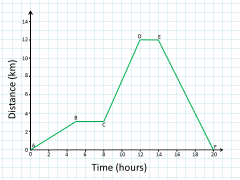
|
|
|
Motion on a graph |
Shows how an object is moving on a graph |
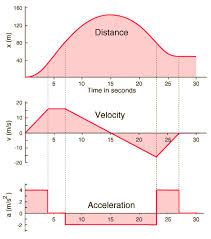
|
|
|
Position on a graph |
Where an object is on a graph |
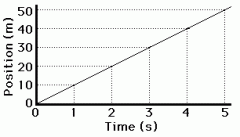
|
|
|
Direction on a graph |
Shows where and object is moving on a graph |
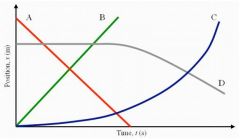
|
|
|
Reference point |
Point where an object starts its motion |
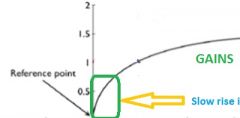
|
|
|
Speed on a graph |
How fast an object is moving on a graph |

|
|
|
Steep slope on a graph |
An object with this slope is going at a faster speed |
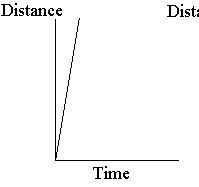
|
|
|
Flatter slope on a graph |
An object with this slope is going at a slower speed |
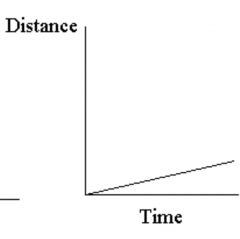
|
|
|
Zero slope on a graph |
The object is not in motion |
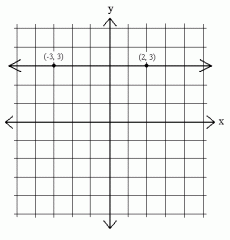
|
|
|
Formula for average speed |
Distance divided by time |

|
|
|
Force |
a push or pull on an object |
|
|
|
Vector |
an arrow that indicates the direction of a force and size shows the net force of an object |
|
|
|
Magnitude |
the size of an object |
|
|
|
Balanced forced |
two of the same force acting in opposite directions making the object it is acting upon stay at rest |
|
|
|
Unbalanced forces |
two different forces acting on an object that cause motion in the object acted upon |
|
|
|
Newtons |
unite of measurement that measures the amount of force in an object |
|
|
|
Mass |
the amount of matter in an object |
|
|
|
Gravity |
force that pulls objects to each other |
|
|
|
Friction |
resistance in movement as a reverse of what the object is moving |
|
|
|
Inertia |
objects in motion stay in motion and objects at rest stay at rest until either is acted upon by an outside force |
|

